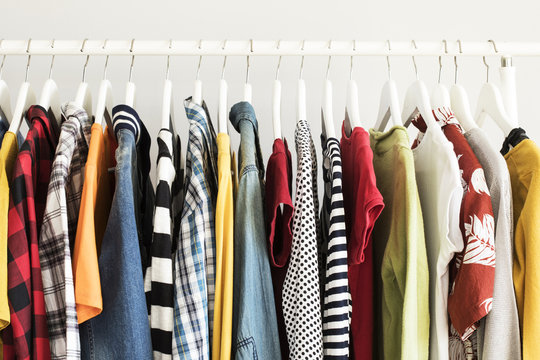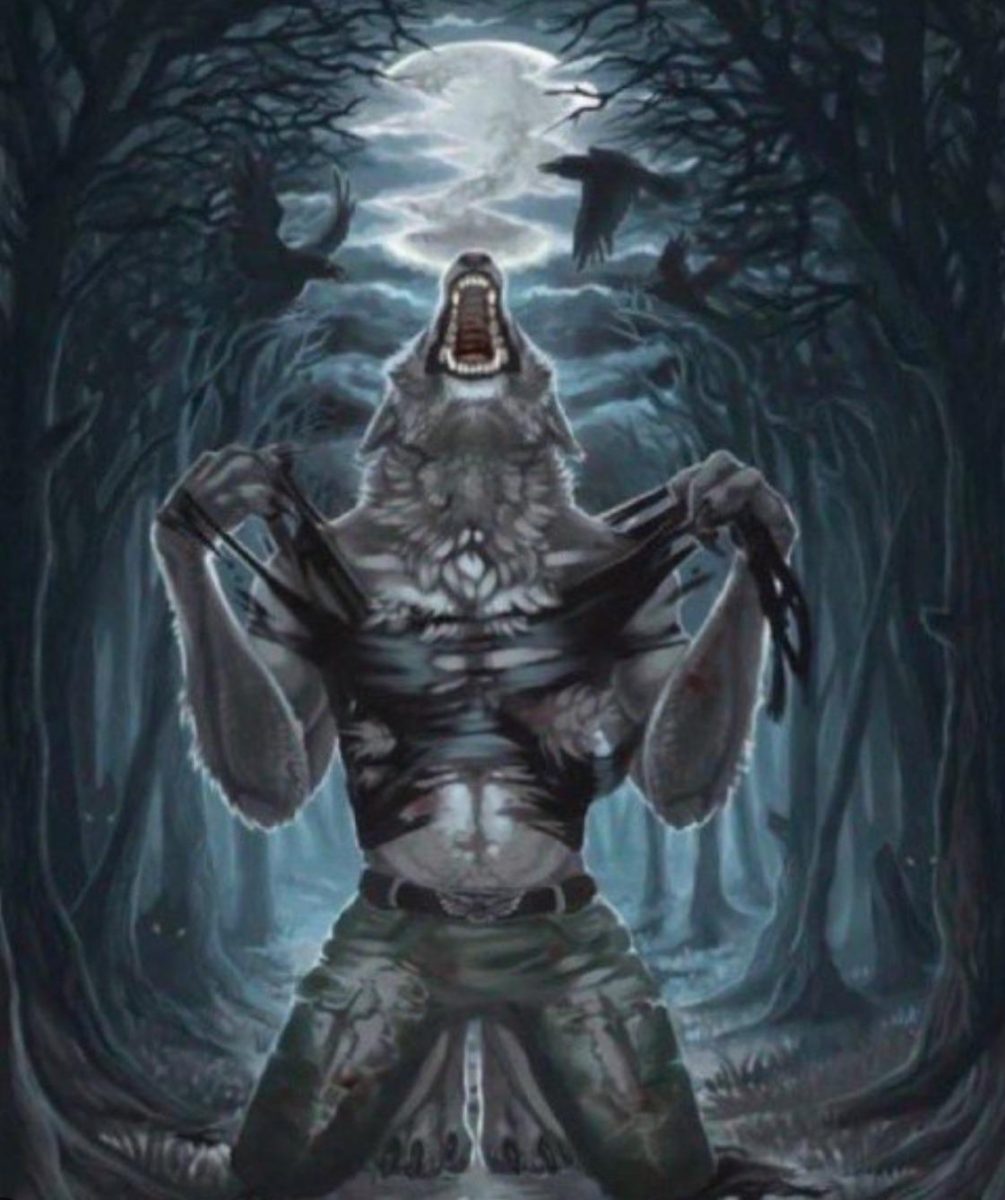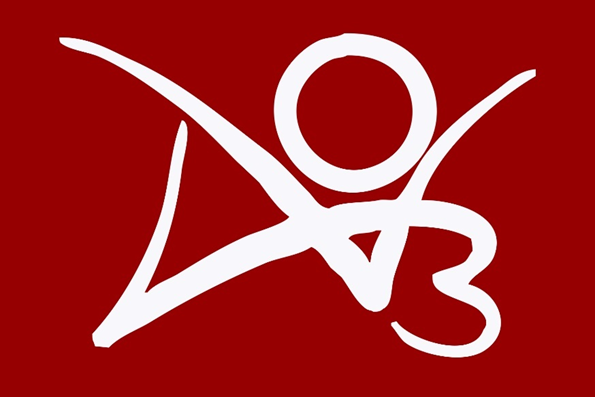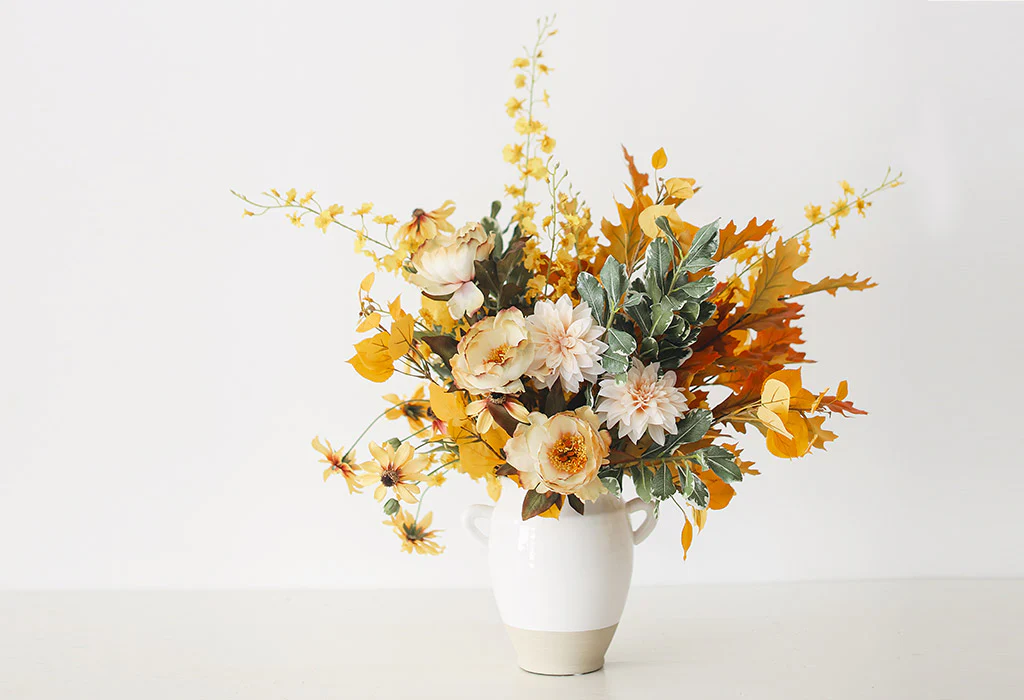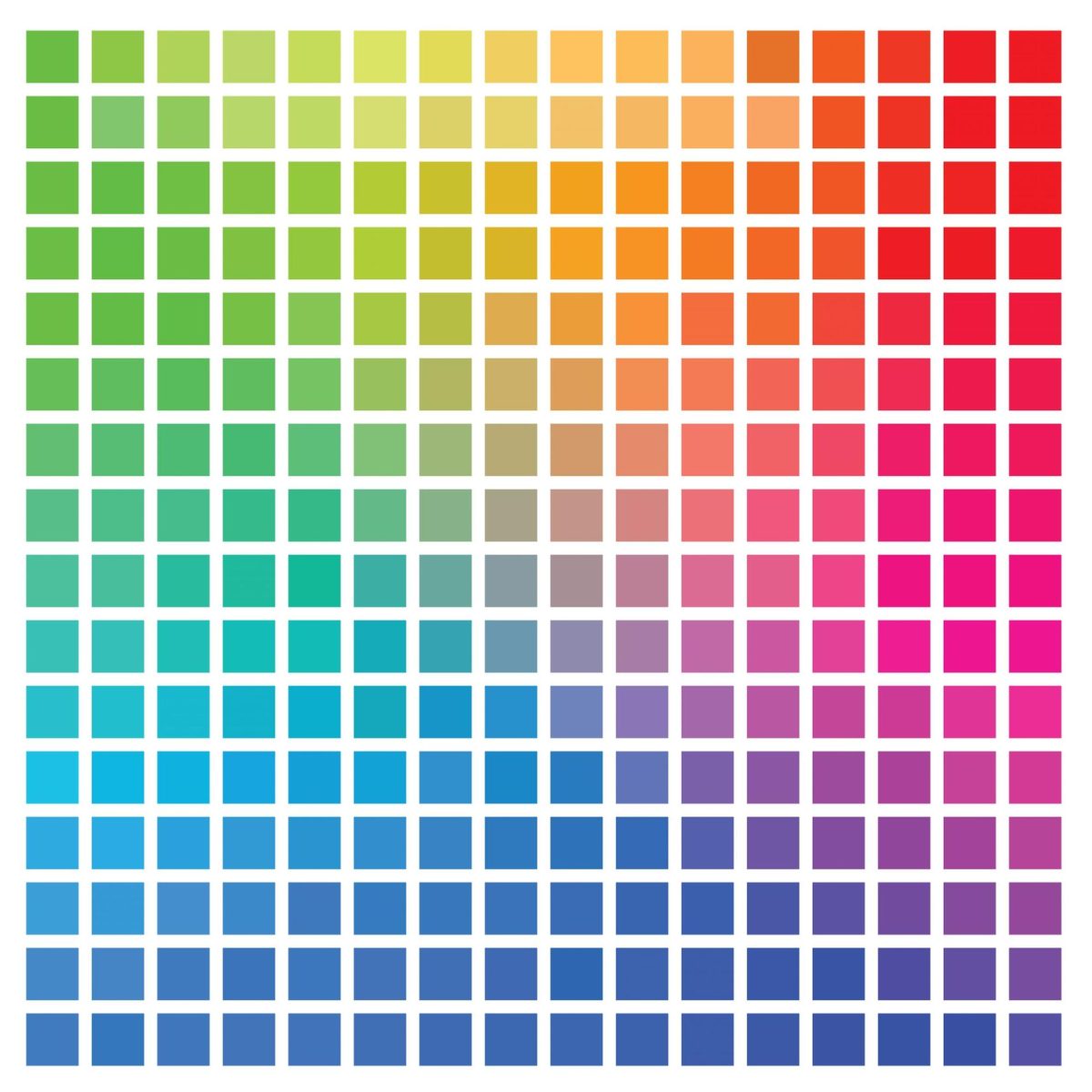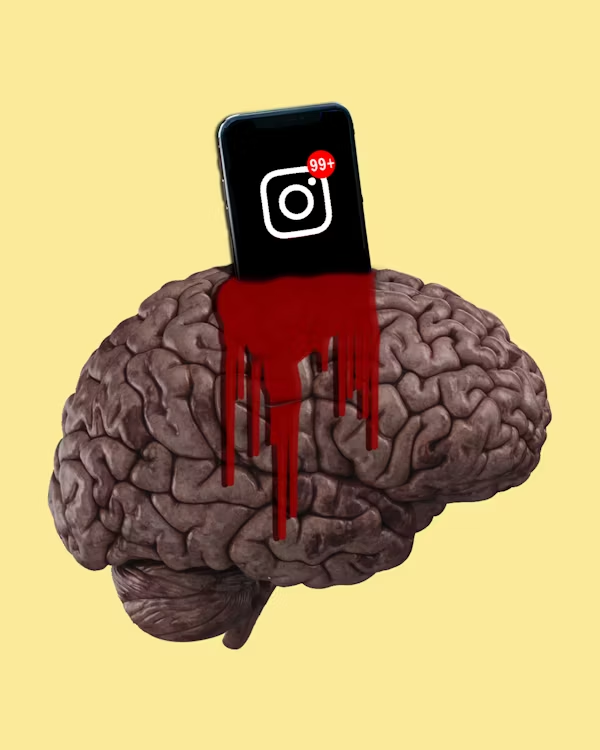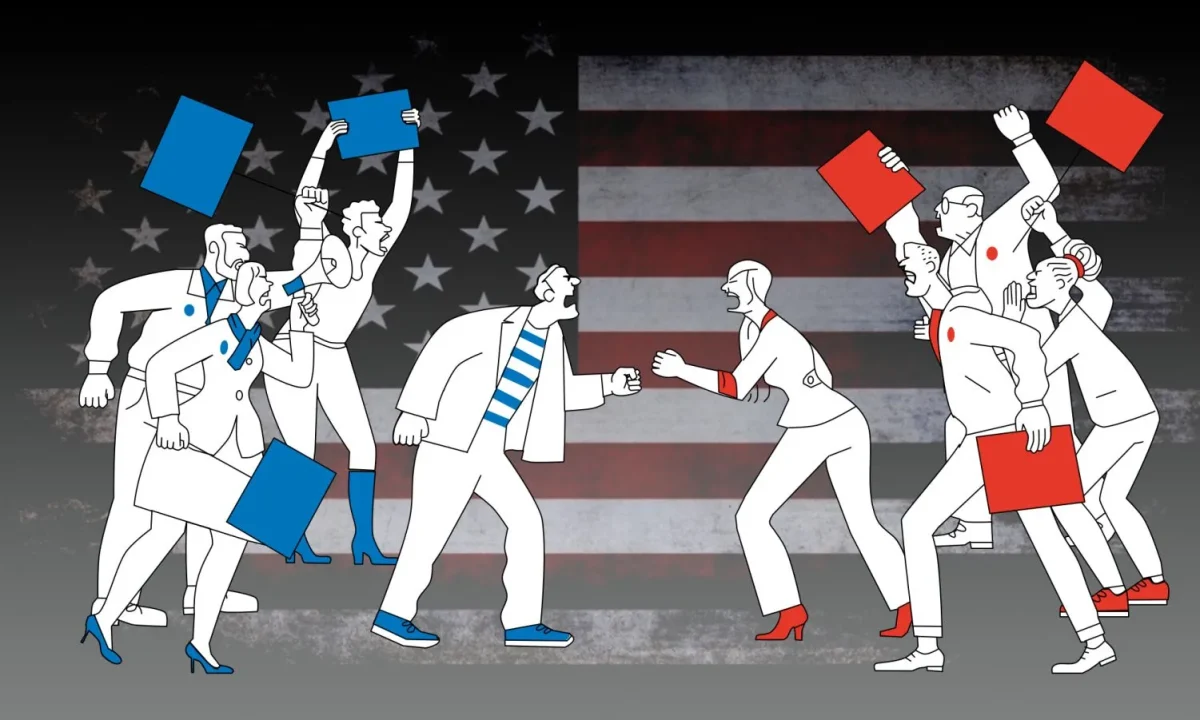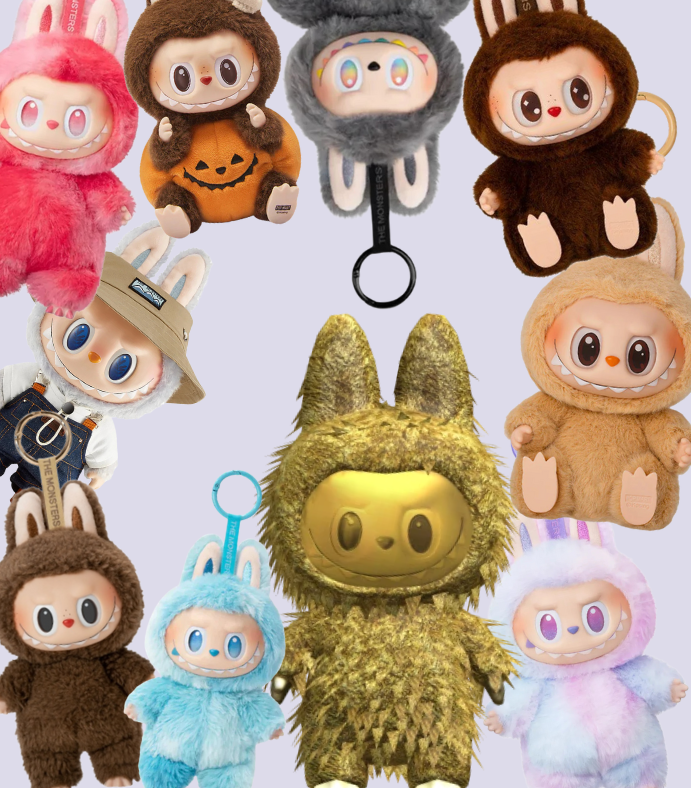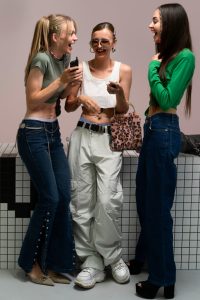
Throughout time, the youth have had a clear and defined aesthetic in the way they dress. In the 1990s, grunge was all the rage—dark shades, flannels, baby tees, chunky shoes, and quirky accessories. The 2000s represented a burst of color, with teen magazines being dominated by low-rise jeans, sequined tops, lacy camisoles, and miniskirts. The 2010s, an era that is currently experiencing a resurgence, was characterized by “ironic” outfits, skinny jeans, chevron print, teal-colored bedroom walls, and full-glam every school day. Now, as we live through the 2020s, the question remains: in a time defined by the cultural disjunction of the Internet, what will this era come to represent?
Typically, one can define an era by its clothing trends. Famously, the 1960s became synonymous with “counterculture,” with the popular modes of the time being short hemlines, go-go boots, heavy eye makeup, and other loud, youthful rebellions against the rigid post-war style of the 1950s.
Meanwhile, as we live through the 2020s, a time that some characterize as being confusing, terrifying, and profoundly separate from the other decades, one can only guess how this generation will come to be viewed in the history books.
In keeping with the psychological research tradition of people-watching so as to form an opinion of a population, I roamed our school and judged as many people as possible. There were patterns; light-wash baggy jeans, Converse, Hollister tops, an emphasis on conventional femininity.
The 2020s: A World of Contradictions
But what stood out most wasn’t the presence of one dominant trend — it was the coexistence of many. In one hallway, you’d find someone in a full Y2K revival look: butterfly clips, flared pants, and a vintage shoulder bag. Just a few lockers down, someone else was in oversized skater wear, all muted tones and beanies. And then there were the softcore academics, with their collared shirts, Doc Martens, and tote bags filled with highlighters and annotated paperbacks. It seems that in the 2020s, the trend is no trend at all.
An Algorithmic Closet

Instead, fashion today feels more like an algorithm than a runway. Our feeds are tailored to our micro-interests — cottagecore, streetwear, clean girl, coquette, indie sleaze, skater — and each of those aesthetics can be fully realized with a few clicks on Depop or a saved TikTok. Identity is curated digitally first, then manifested outward. The result? A generation dressed not for cohesion, but for expression.
Our Speeding Culture
There’s also a certain nostalgia fatigue happening. Trends are cycling faster than ever. What used to take 20 years to come back now reappears in five — sometimes less. One month, everyone is wearing ballet flats and ribbon bows, the next it’s cargo pants and Oakleys. It’s less about reviving a specific decade and more about remixing past styles into something that feels momentarily fresh. It’s fashion, yes — but it’s also meme culture. Ironic. Hyper-referential. Self-aware.
The speed of the trend cycle, thanks to TikTok and Instagram Reels, means that fashion is more disposable and performative than ever. Outfits are assembled for the camera first, and real life second. This has birthed the concept of the “TikTok outfit” — impractical, theatrical, often only worn once. It’s fashion as content. A look not just to be seen, but to be shared, scrolled, and algorithmically rewarded.
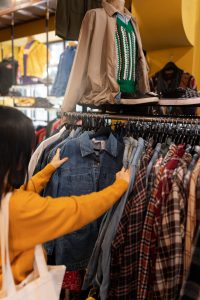
Simultaneously, there’s a counter-movement brewing — an embrace of minimalism, sustainability, and timelessness. Thrifting has gone mainstream. Capsule wardrobes and slow fashion are buzzy ideas, especially among those exhausted by the breakneck pace of consumption. Some teens are skipping the trend chase altogether and dressing like retired professors or Scandinavian architects. Ironically, this too has become its own aesthetic — a rebellion dressed in beige.
And then there’s gender. Clothing today is more fluid than it has been in decades. Crop tops, nail polish, skirts, pearls — none of it is confined to one gender anymore. The boundaries are loosening, and while not everyone is on board, the visibility of gender-nonconforming fashion has created space for authenticity, experimentation, and conversations that go far beyond hemlines.
The True Look of the 2020s
Maybe that’s the signature of the 2020s: aesthetic pluralism. A kind of curated chaos born from the Internet’s endless scroll of inspiration and contradiction. Just like the decade itself — uncertain, fragmented, digital-first — fashion today mirrors our search for meaning in a world that no longer moves in a straight line.
So when we look back on this era, what will we remember? Probably not one signature outfit, but a hundred different ones — all stitched together by the same thread: a desire to be seen, not as part of a trend, but as a person.

